
Supply/Value Chain
- SEAFOOD COLLABORATORS
Supply/Value Chain
To say the seafood supply/value chain is complicated is an understatement. As consumers, we are blessed to have access to thousands of species and product forms from diverse peoples and origins. When analyzing your supply chain, it is worthwhile to map out all the steps.
There’s wild and aquaculture, and within each, potentially
numerous entities involved before the seafood gets to the supermarket, retailer or restaurant, never mind the consumer.
In addition, people sometimes forget that capture fisheries are part of both the wild seafood and aquaculture supply chains (i.e. aquaculture through the fish used for fishmeal in some feeds)
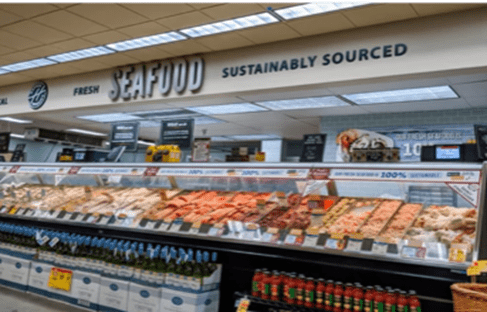
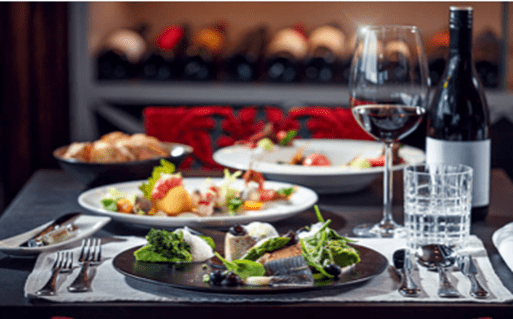
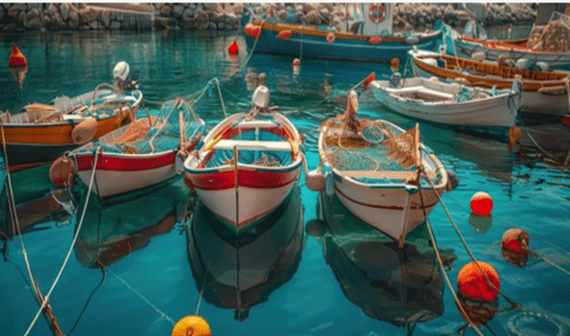
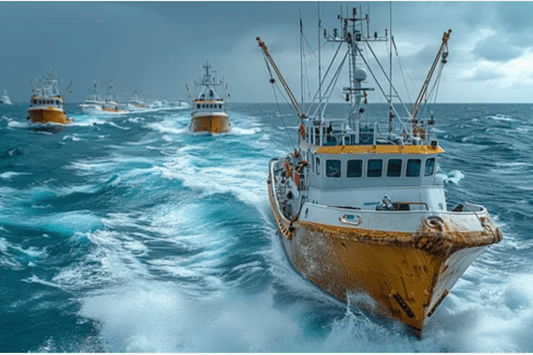
Wild fisheries
There are vessels of all sizes taking short, medium and long-haul trips. Their catch may be delivered to local markets, processing plants, mother ships, or tenders. Some larger ones may process and freeze on board. Then there’s all the different gear types.
Aquatic hatcheries, farms and feed
You’ve got your hatcheries, nurseries, and grow out in cages/net pens, ponds, RAS systems and so forth. They may harvest themselves and deliver to local markets, processors, or well boats. Or a separate company may do the harvesting. Further, farmers rely on feed manufacturers. For those using feed formulations with fishmeal, that means another separate plant for producing the fishmeal ingredient. Plus, there’s the other feed ingredients they have to source.

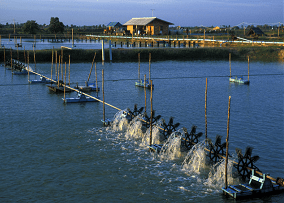
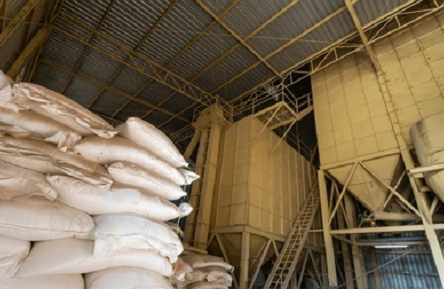
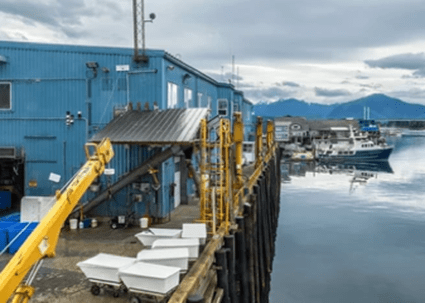
Processing
There’s primary processors and secondary value-added processors. Plants may own some of the fishing fleet or farms that deliver to them, or they may all be independent.
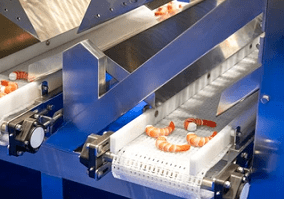
Seafood Collaborators
Transportation, sales and marketing
Getting product to customers and consumers can be as simple as driving a truck to a fish market, or as complicated as movement by land, sea, air, or a combination. There may be marketing, R&D departments, sales brokers, importers, customs brokers, wholesalers and distributors involved in addition to one or more warehouses.
Considering this complexity, it’s no wonder that creating a well-designed supplier approval, monitoring, and data gathering system to ensure quality, traceability, regulatory, sustainability and other requirements are met is no easy task. At each step there’s a lot that can impact the final products’ quality (and sometimes safety in the case of scombroid species), such as weather events, temperature, handling, hygiene, trip lengths and so on.
_________________________
At Seafood Collaborators we are well versed in managing these supply chain challenges.
It would be our pleasure to help you have piece of mind that the appropriate controls are in place.
Development, update, assessment, training or consultation on:
Risk analysis
FDA Importer Verification
Ethical sourcing and supplier approval
Supplier performance monitoring systems
Certification, sustainability/ESG programs
Training or other assistance not listed
See also the Food Safety, Quality, and Regulatory page.
